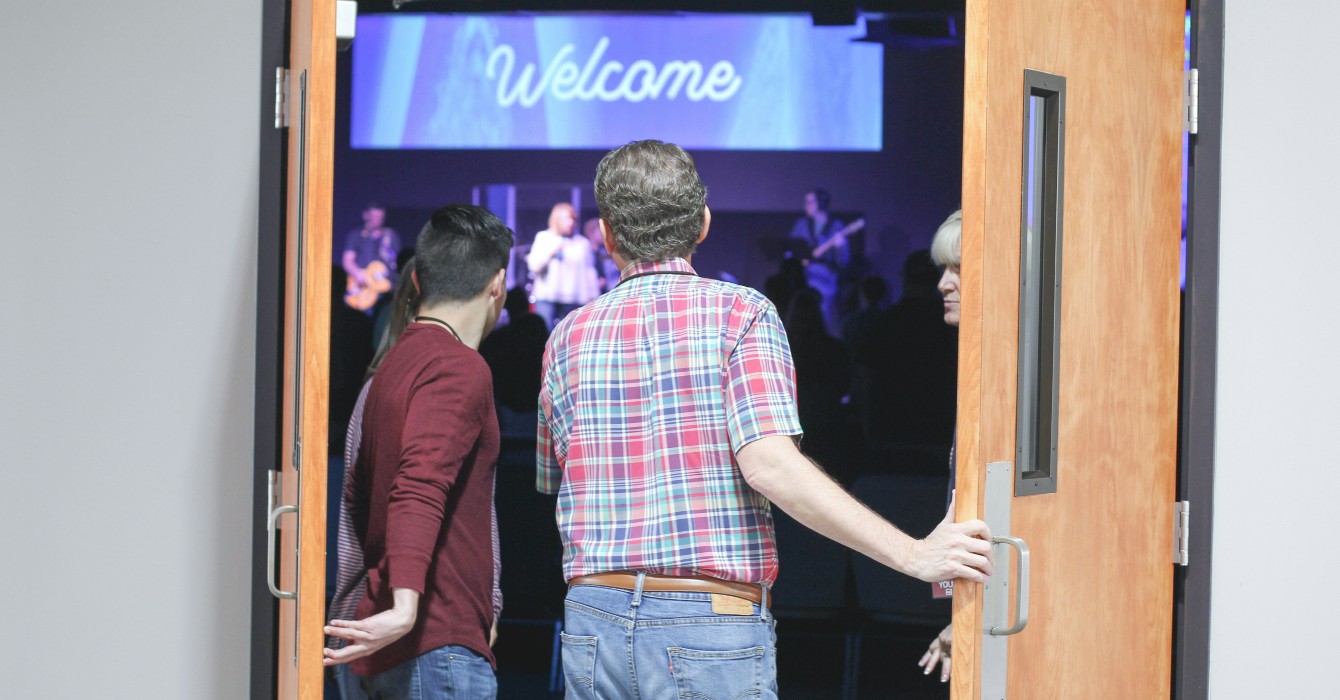The apostle Paul counseled the churches of Galatia with these words: “A little leaven leavens the whole lump” (Galatians 5:9). This is far more than random baking advice.
Just as a pinch of yeast works its way through the entire batch of dough, a handful of people can spread dissension throughout the whole community. Paul’s experience in Galatia demonstrates how it takes only a few caustic individuals to ruin an entire congregation.
Is it possible, however, for the exact opposite to happen? Can a disproportionately small number of people positively influence a much larger congregation?
The answer is yes. It’s happening right now in my own congregation.
Two become one: Adding a little leaven
Christ Lutheran Church in Lansing, Michigan, began as a worshipping community in 1930. This congregation chose to speak English at a time when nearby Lutheran congregations were still speaking German, which allowed them to engage college students at Michigan State University.
More than 5,000 refugees have resettled in the Greater Lansing area in the last 30 years. To meet their needs, Christ Lutheran Church called a pastor from Eritrea, the Rev. Zerit Yohannes. As a result, the congregation of about 100 members became very diverse.
Nine miles away and 50 years later, St. Luke Lutheran Church -- where I serve as an associate pastor -- was established in a suburb of Lansing. The congregation began worshipping in 1986 in an elementary school. They grew, called a full-time pastor and built a permanent facility. And the congregation flourished, with about 700 members at the time of the merger.
A little over two years ago, these two congregations became one. The people of the older Christ Lutheran transferred into the newer St. Luke, and the congregation now consists of two campuses: St. Luke (Meridian Campus) and St. Luke (Christ Campus).
This unification of congregations has not been simple or tidy. But we are finding as we move through the transition that it is profoundly and positively changing St. Luke in ways we could not have anticipated.
What we are experiencing is exactly the opposite of what Paul witnessed in Galatia. Christ Lutheran was significantly smaller than St. Luke. Yet instead of the larger congregation merely absorbing the smaller congregation, our unification has initiated a comprehensive culture change across both campuses.
What’s different?
Embracing diversity. Adding many non-English speakers, a large refugee population and an Arabic worship service at the downtown campus is having an impact on the suburban campus, which was predominantly white people born in the U.S.
This new diversity is causing us to reconsider how we go about preaching, teaching and life together. For instance, when non-English speakers at the Christ Campus wanted to become members of the congregation, we created a dual-language new member class so that both English and Arabic speakers could go through the class together.
More recently, when teaching some of our middle school students one evening at the downtown campus, I was struck by the diversity of the group. There were five students -- from five different ZIP codes, four different ethnicities, three different languages, coming from two different campuses. And there was one joyfully perplexed pastor trying to figure out how to teach a single lesson to them all.
Situations like this are prompting us to consider ways in which we can be more welcoming, accessible and gracious in our ministry. How can we accommodate others? How can we make it easier for people to learn God’s word? How can we remove any barriers standing in the way of their hearing the gospel?
At this moment, I have to admit, we have far more questions than answers.
Focusing on individuals. The addition of a second campus has been a catalyst for us to focus on individuals. Increasing the complexity of our congregation -- more worship services, more buildings, more programs -- has forced us to double down on how we connect with individuals in our community.
We have formed a volunteer welcome team on Sunday mornings. They welcome guests, connect with them and pray for them.
Similarly, we are becoming far more focused on individuals in our teaching. It can be hard for people in a diverse two-campus congregation to connect with each other. So we’re increasingly using mentors for our student ministry and pre-marriage preparation. The one-on-one interaction that happens in mentoring allows for more personal and differentiated teaching.
Asking new questions. Our congregation has never been prone to “that’s how we’ve always done it” thinking. Still, the profusion of new people and the addition of a new campus have led us to ask new questions: What people assets are there in the neighborhoods surrounding each campus? What are we doing to build relationships with our neighbors? How can we serve effectively across very wide educational, socioeconomic and cultural divides?
Again, we are far from having answers to these questions; however, I think simply raising them as a congregation is a crucial first step.
It is easy to assume that a few dozen people could not do much to affect a congregation of several hundred. Indeed, you’d expect that the larger organization would have a far greater influence on the smaller organization. In some ways, those assumptions are correct.
Nevertheless, I also see that a small number of people can bring many blessings and new opportunities. And on a personal level, these folks have brought leaven to my ministry, which is wonderfully unique and challenging -- and never boring.








